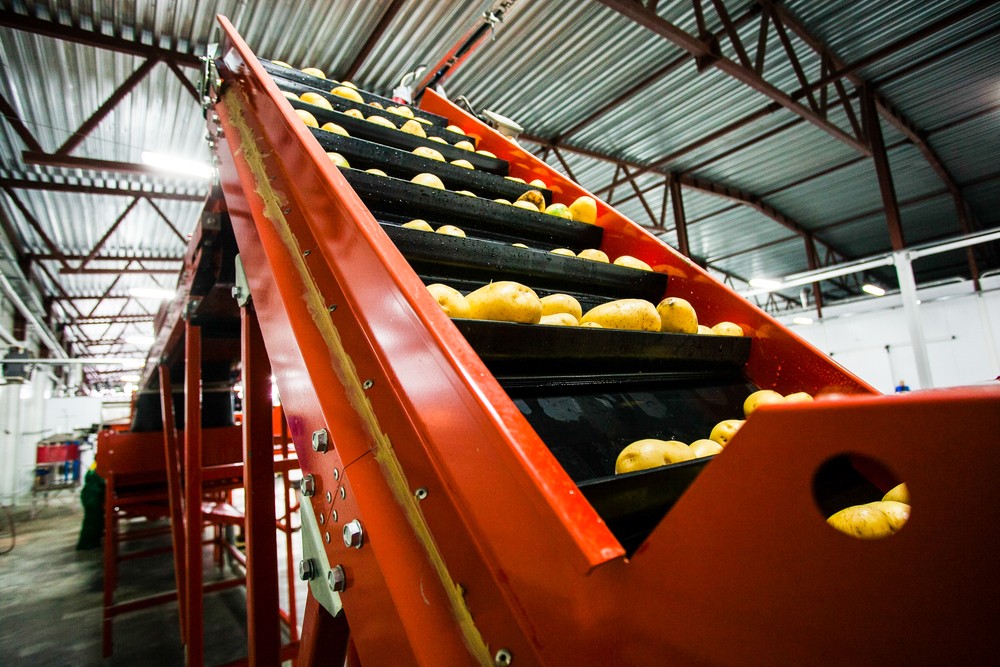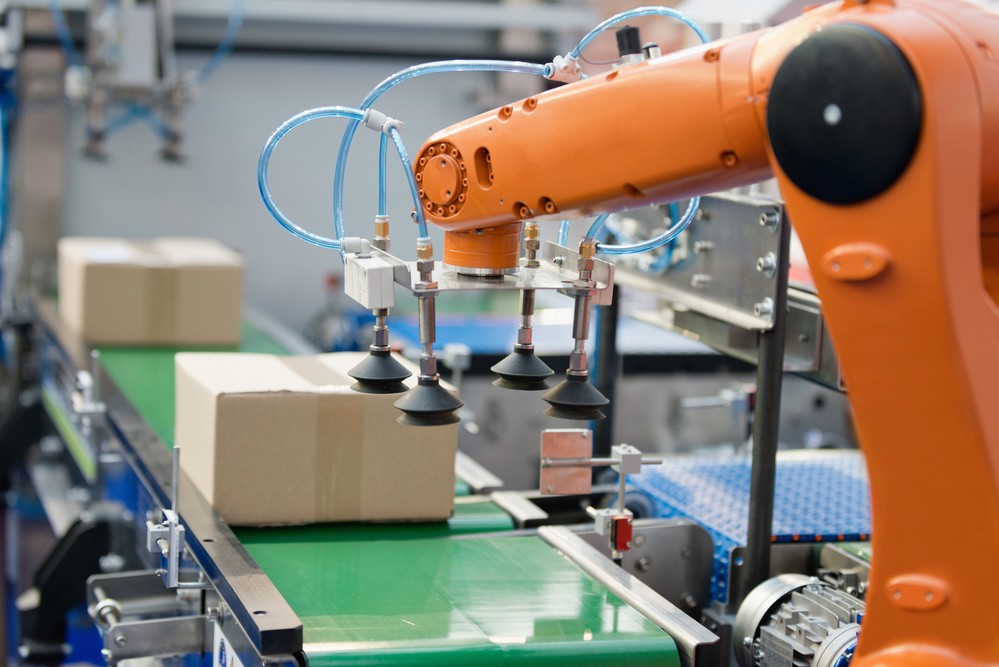From the farm to the table, food production is a labor-intensive venture. Throughout growing and harvesting to processing, packaging, and distribution, there are many moving parts to the entire process. With the advent of tractors and other types of farm equipment, the growing and harvesting of some food sources have become more automated. But, even as we entered the 21st century, the majority of food processing and packaging took an enormous amount of manual labor.
Key to increasing food production has been vibratory automation systems such as those developed by General Kinematics, including fluid bed processors, vibrating conveyors, vibrating feeders, and rotary and vibratory material processors.
Today, the introduction of robotics powered by artificial intelligence has made mechanical movement more precise and more touch sensitive, with more application capabilities than ever before imagined.
Robotic Operations and Applications
Food processing robots have now been developed for tasks such as sorting with the use of artificial intelligence and cameras that instantly identify objects by color, shape, and size, then calculate their location. A mechanical arm performs the pick and placement function using suction cups, pressure sensitive grippers, and vacuum tool attachments.
The airflow vacuum tool is ideal for handling goods with fragile surfaces because it can pick up products without touching them. The suction cup is ideal for handling many kinds of products, especially those with an uneven surface such as biscuits and frozen pizzas. Using pressure differences, the vacuum gripper holds the product. Finger grippers are best used for products that cannot be handled by suction, such as cakes with loose particles on top.
Robots have also been perfected to dispense and palletize food products to exact measurements, improving consistency and reducing waste.
Advantages of Robotics in Bulk Food Processing
Of course, the main advantages of robotic processing are in cost reduction, quality, and safety. Robotic arms can work at faster speeds than their human counterparts without getting tired or needing to take required rest breaks. In addition, robotic arms are immune to harsh environments such as extreme heat and cold as well as exposure to chemicals or cooking odors.
In food preparation, where precise temperatures are an important factor, sensors connected to the robotic arm interact with artificial intelligence to determine the precise cooking time and to assure that products are stored at the proper temperature.
Sanitation is also improved by the use of robots. Robots don’t require safety gloves, hats, or masks. Since they are not susceptible to communicable human illness, they cannot pass it along in the food they process. The advanced metal alloys used in the construction of robotic arms are resistant to molds and bacteria and are easily sterilized at the end of a day’s work.
When artificial intelligence is combined with robotics, multi-tasking can be accomplished with a simple programming command.
The production benefits are clear, and while there likely will be some short-term labor dislocation, the quality of job opportunities and pay will improve, proponents of robotic automation say. Instead of production line workers, food processing companies will be hiring trained experts in automated hardware maintenance and computer programming.
Technologies of the Future
Modern process workers will need the education and training necessary to program the robots for the task at hand, as well as change out parts or make repairs to keep the assembly lines moving. The good news is that many of the current assembly and process workers have the skills to be retrained to operate today’s modern robotic manufacturing equipment, and there are training grants available for both employers and employees.
However far robotics takes us, the basic automation components will still be necessary to keep the process moving. Here at General Kinematics, we are constantly thinking ahead and ensuring our equipment will integrate efficiently with and and continue to help advance the field of automation to keep our clients up to date with the ever-changing technology.








